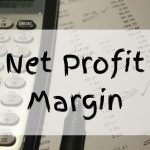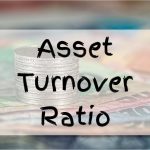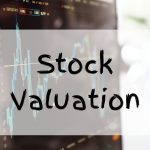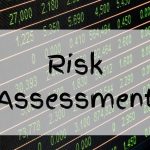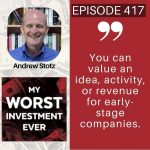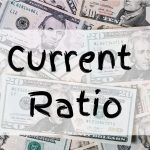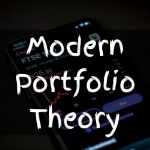Valuation Master Class
Is Mercedes-Benz’s Restructuring Enough to Close the Tech Gap with Tesla?
Planned restructuring to turnaround profitability and value, accelerated electrification necessary to stay competitive, and strategic partnerships to bring autonomous driving forward.
Read MoreVMC: What Is Net Profit Margin?
The net profit margin is a financial ratio that tells you how much profit a company makes compared to its revenue in the form of a percentage.
Read MoreVMC: What Is Asset Turnover Ratio?
The asset turnover ratio is used to measure the efficiency of a company. It looks at how efficiently a company uses its assets to produce sales.
Read MoreVMC: What Is Stock Valuation?
Stock valuation is the process of determining the current (or projected) worth of a stock at a given time period. There are 2 main ways to value stocks: absolute and relative valuation.
Read MoreVMC: What Is Risk Assessment?
Risk assessment is an evaluation method used to understand an investor’s risk rating which helps them come up with a suitable investment strategy to achieve their financial goals.
Read MoreVMC: What Is Receivables Collection?
The receivable collection period is a period when a firm receives the amount owed by their customers.
Read MoreVMC: How to Value a Startup
This story started when Dan, a podcast listener, replied to my recent weekly email with this question, “How do you value a startup, especially if there is no revenue?”
Read MoreVMC: What Is Current Ratio?
The current ratio or working capital ratio is a liquidity ratio that measures a firm’s ability to pay its short term liabilities. Short term liabilities are debts or any obligation that is due within one year.
Read MoreVMC: What Is Arbitrage Pricing Theory?
The Arbitrage Pricing Theory is a method used to estimate the returns on assets and portfolios. It is a model based on the linear relationship between an asset’s expected risk and return.
Read MoreVMC: What is Modern Portfolio Theory and Portfolio Risk?
Modern Portfolio Theory is a theory presented in 1952 by Harry Markowitz on how risk-averse investors can create portfolios to maximize the return on investments based on the optimal levels of risk.
Read More

